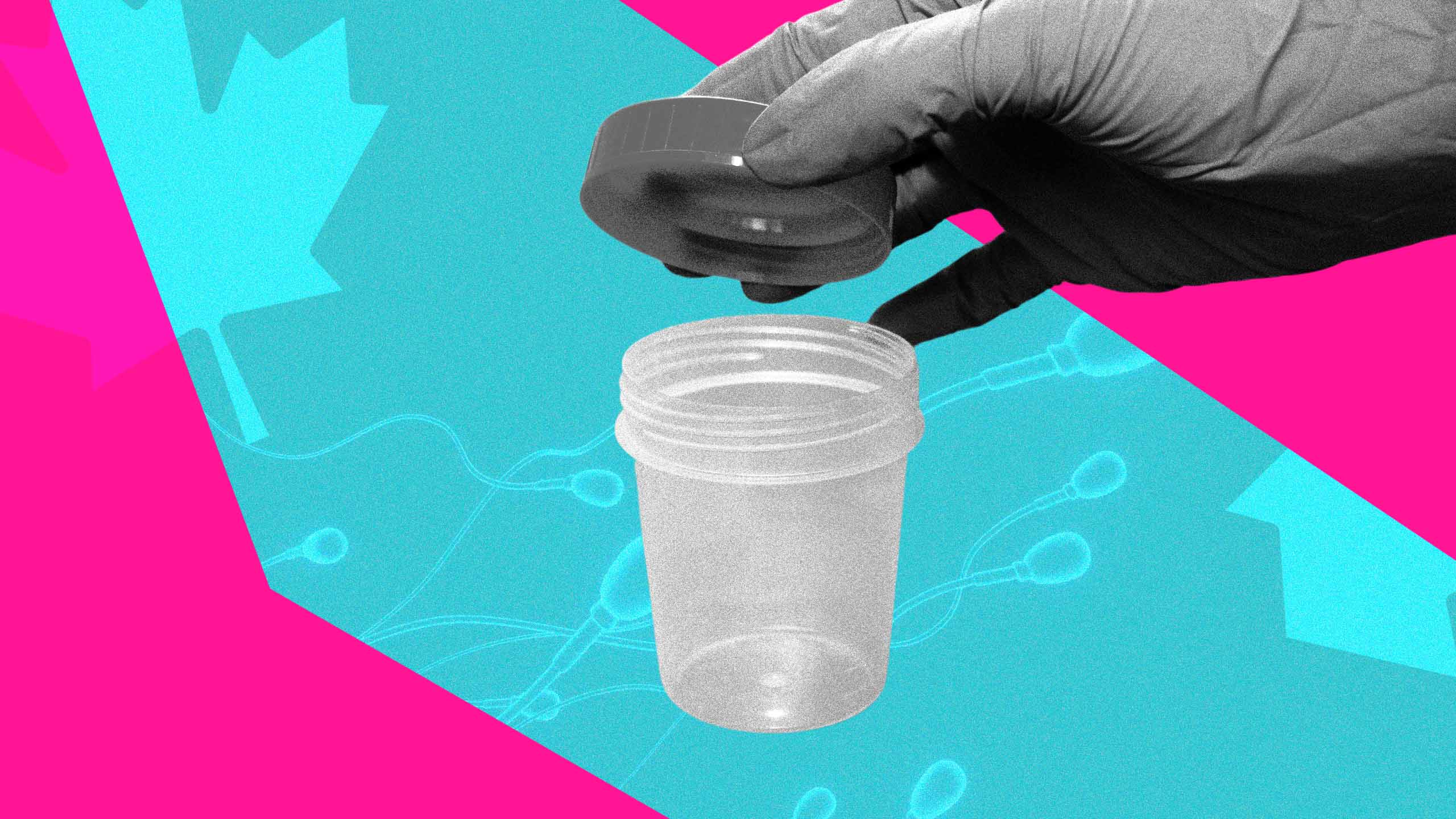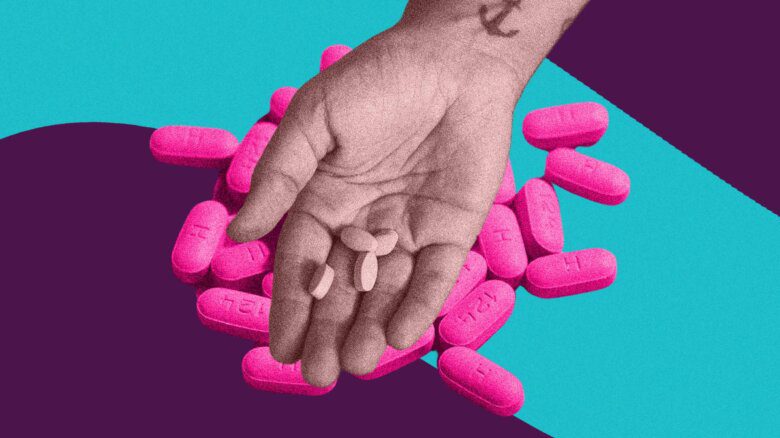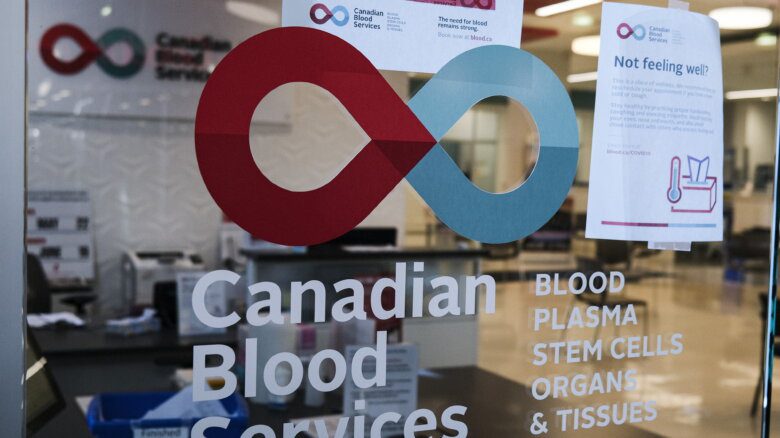Earlier this month, Health Canada removed its screening criteria that prevented men who have sex with men from donating sperm.
Prior to Health Canada’s change to their screening policy, which came into effect on May 8, men who have had sex with men were prohibited from donating sperm in Canada through the directed donation process unless they’d been abstinent for three months. This included men who were in long-term, monogamous relationships, regardless of their HIV status.
Those who donated under the directed donation process (cases where the donor and the recipient know each other) did not need to follow these same screening requirements. Instead, men who have sex with men were free to donate as long as the recipient signed a waiver.
Under the new rules, donors will now answer gender-neutral and sexual behaviour-based screening questions: individuals must confirm that they have not engaged in anal sex with new or multiple partners in the last three months, or else they will be prohibited from donating.
These criteria are meant to avoid HIV transmission, as well as the transmission of other infections. According to the Community-Based Research Centre, gay, bisexual and other men who have sex with men account for roughly half of new HIV diagnoses in Canada, with anal sex being the predominant way of transmitting HIV.
These new criteria mirror Canadian Blood Services’ changes to their own donation policy. In 2022, the organization swapped out their questions about sexual orientation—which prevented sexually active men who have sex with men and some trans people from donating blood—with sexual behaviour-based questions. The non-profit has since issued an apology for any harm inflicted on LGBTQ2S+ people caused by their previous regulations.
Canada’s new sperm donation policies mean that for the first time in 30 years, gay men, bisexual men and other men who have sex with men will no longer be targeted by Health Canada’s screening directive for sperm donation.
These changes came after a constitutional challenge in January 2023. The case alleged that the directive governing sperm donations was unconstitutional because it breached the equality protections contained in the Charter of Rights and Freedoms, according to Gregory Ko, co-counsel on the case.
Ko says that the old rules implied that “all gay and bisexual men are so risky to the sperm supply that we shouldn’t allow any one of them to be able to donate to the regular process,” Ko says.
Ko’s client, Aziz M.—whose full identity is protected under a publication ban—brought forward the case after being denied at sperm banks after coming out as gay. Before coming out, Aziz had donated several times between 2014 and 2015.
Ko also notes that the directive previously made no distinctions when it came to a person’s individual risk profile. “To exclude an entire class of people from donating is classic discrimination.”
The case filed by Ko’s client was not the first attempt at fighting Health Canada’s screening policy when it comes to sperm donation. According to Ko, there have been instances where members of the queer community have objected to Health Canada’s directive, arguing that their screening is unconstitutional.
This is also not the first time that Health Canada has made a change to its sperm donation screening policy. From 1977 to 2020, any man who had had sex with another man even once was prohibited from donating sperm through the regular process.
The policy change is a small win in terms of reducing the stigma around men who have sex with men, according to Devan Nambiar, manager of Capacity Building & Talent Development at the Gay Men’s Sexual Health Alliance.
“If I as a gay man wanted to go and donate sperm and I qualify, I don’t have to tell them that I’m a gay man. If I check all the boxes in there, that would be basically a win for me,” says Nambiar.
Nambiar notes that the screening questions for potential donors already addressed various other infections that can be transmitted through semen as well, such as Creutzfeldt-Jakob disease (CJD), Cytomegalovirus (CMV) infection, Hepatitis B, Hepatitis C, West Nile virus and Zika virus.
In addition to completing the screening questionnaires, donors will continue to undergo testing and a physical examination, as they did under the previous policy. “Something that donors will be asked to provide is blood and urine samples, which are then sent to the lab to be tested for all of these things, including STIs, syphilis, gonorrhea and chlamydia,” says Nambiar.
While Health Canada upholds these screening procedures to minimize potential health risks of infectious and genetic disease transmission, these more stringent regulations have resulted in a decline in the donor sperm supply.
In addition to the decline in Canadian donors, many argue that Health Canada’s most recently updated screening requirements continue to include barriers.
Some of those barriers are still necessary to ensure a safe supply, according to some doctors. While many believe that the blood and urine tests done at sperm banks are all that is needed to make sure a donor’s sperm is free from infections, that’s not exactly the case, according to Dr. Nathan Lachowsky, research director at the Community-Based Research Centre and an associate professor at the University of Victoria. Lachowsky notes that Health Canada’s additional screening policies are meant to provide an extra precaution beyond our current knowledge and technological abilities.
Still, he believes some screening measures could eventually be reduced even further as research progresses. Lachowsky says that the shift in Health Canada’s screening policy is a move in the right direction. “I think it’s good to celebrate this shift, but also know that there’s still going to be important advocacy both for developing research evidence, but also in terms of community activism where these restrictions are still unnecessary,” said Lachowsky.
According to him, these policies are not permanent. “Just as we’ve seen shifts in blood donation policies, we will continue to see the same with sperm donation,” he says.
“I think it’s important that we don’t take this as the end of that road.”


 Why you can trust Xtra
Why you can trust Xtra


